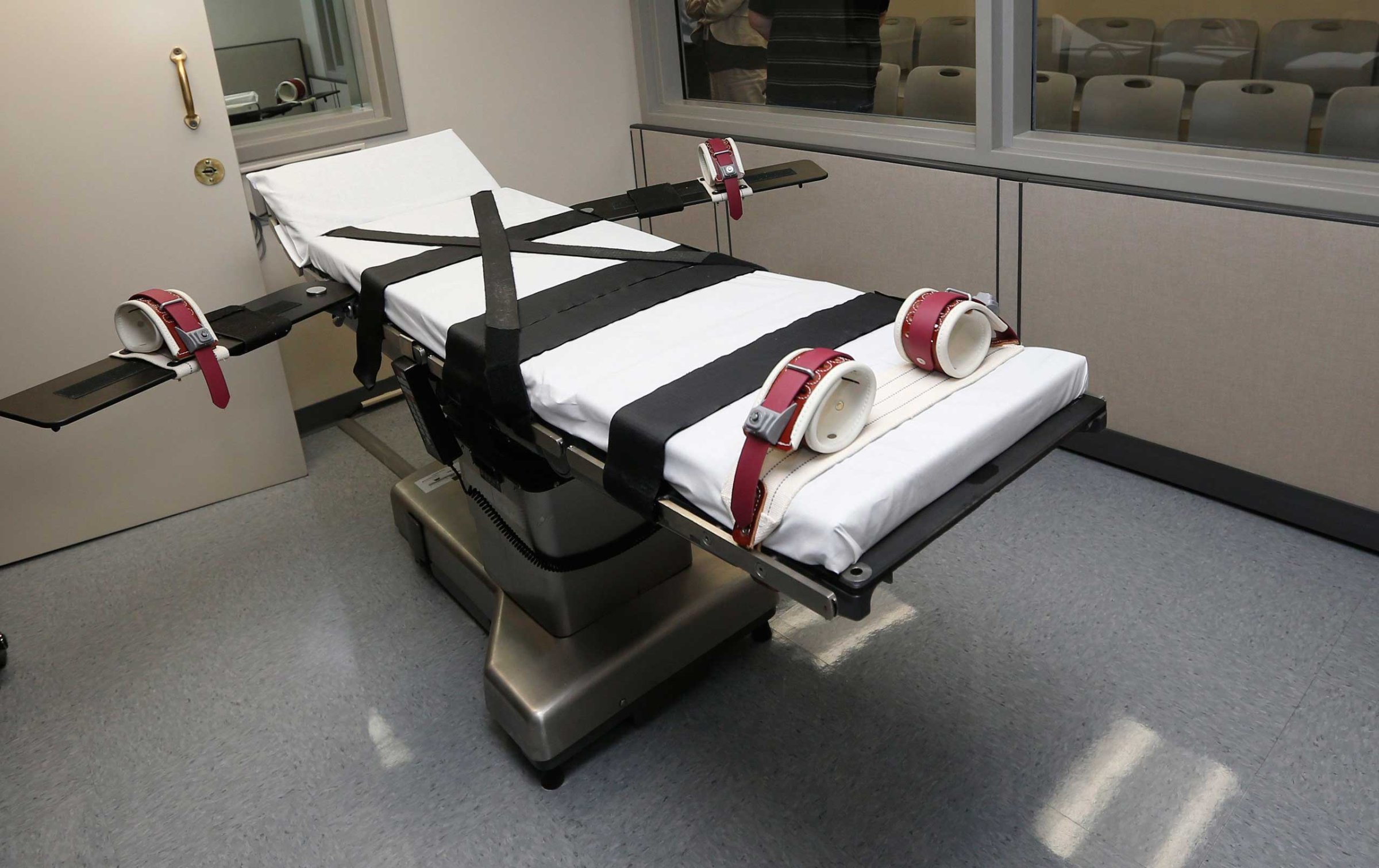
Charles Warner was executed on Thursday night after the Supreme Court declined in a 5-4 ruling to intervene, making him the first death-row inmate to be put to death there since a botched lethal injection in April forced the state to reform its execution standards.
The execution of Warner, who was convicted for the 1997 sexual assault and murder of an 11-month-old, had been set for 6 p.m. CST, but was delayed while officials could learn the court’s ruling. After that came in, the Associated Press reports, prison officials said he was declared dead at 7:28 p.m., local time.
Warner’s execution had originally been scheduled after that of Clayton Lockett, who was convicted of kidnapping and burying alive Stephanie Neiman in 1999. But officials scrapped it after Lockett’s lethal injection went awry.
Executioners took 51 minutes to locate one of Lockett’s veins and then failed to insert the IVs properly, allowing drugs to leak into the inmate’s surrounding tissues. According to witness accounts, Lockett writhed on the gurney for roughly 45 minutes. An autopsy showed he died of a heart attack.
MORE: Oklahoma Inmate Felt ‘Liquid Fire’ During Execution, Doctor Says
Lockett’s execution triggered a moratorium on lethal injections in Oklahoma. The state instituted changes to its drug protocol, increased training for executioners and remodeled its execution chamber.
For Warner’s lethal injection, state executioners will be using new equipment that will help prevent improper IV placement. Prison officials are also allowed to postpone an execution if there are problems in the first hour. And the dosage of midazolam, one of the drugs used that has been routinely criticized as not strong enough to adequately put an inmate to sleep, has been increased.
Warner’s legal team went to the high court for a last-minute stay after a federal court in Oklahoma City rejected the appeal, and then a federal appeals court in Denver did the same. An execution in Florida that used the same method occurred just before Warner’s following a temporary hold due to a similar case mulled by the justices.
Justices Elena Kagan, Ruth Bader Ginsburg, Stephen Breyer and Sonia Sotomayor dissented in Thursday’s ruling, with the latter writing:
I am deeply troubled by this evidence suggesting that midazolam cannot constitutionally be used as the first drug in a three-drug lethal injection protocol. It is true that we give deference to the district courts. But at some point we must question their findings of fact, unless we are to abdicate our role of ensuring that no clear error has been committed. We should review such findings with added care when what is at issue is the risk of the need- less infliction of severe pain. Here, given the evidence before the District Court, I struggle to see how its decision to credit the testimony of a single purported expert can be supported given the substantial body of conflicting empirical and anecdotal evidence.
I believe that we should have granted petitioners’ application for stay. The questions before us are especially important now, given States’ increasing reliance on new and scientifically untested methods of execution. Petitioners have committed horrific crimes, and should be punished. But the Eighth Amendment guarantees that no one should be subjected to an execution that causes searing, unnecessary pain before death. I hope that our failure to act today does not portend our unwillingness to consider these questions.
Read next: 25 Secret Minutes Inside Oklahoma’s Execution Chamber
More Must-Reads From TIME
- The 100 Most Influential People of 2024
- The Revolution of Yulia Navalnaya
- 6 Compliments That Land Every Time
- What's the Deal With the Bitcoin Halving?
- If You're Dating Right Now , You're Brave: Column
- The AI That Could Heal a Divided Internet
- Fallout Is a Brilliant Model for the Future of Video Game Adaptations
- Want Weekly Recs on What to Watch, Read, and More? Sign Up for Worth Your Time
Contact us at letters@time.com